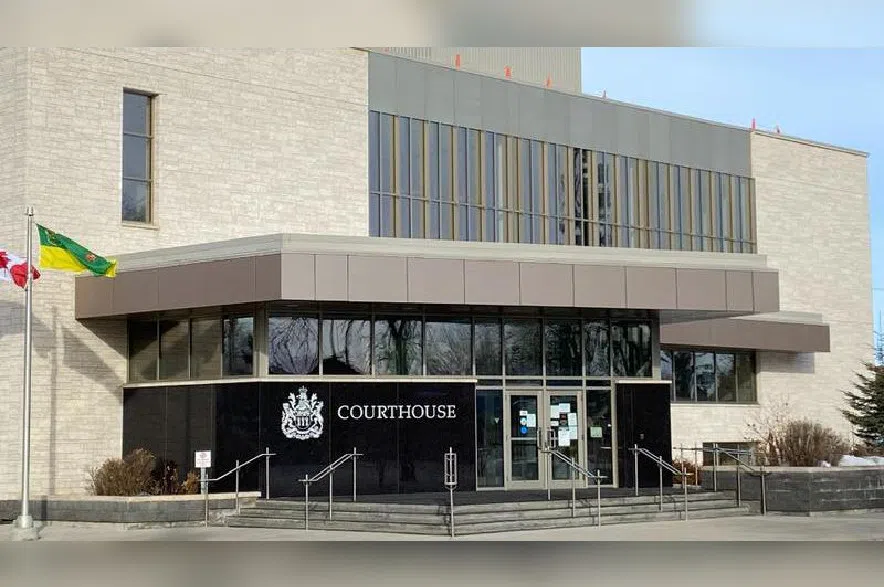By Julia Lovett-Squires
“Where are the Métis allowed to be Métis?”
That question is the crux of an upcoming trial that is scheduled to begin at the Meadow Lake Provincial Court next Monday.
Read More:
- Métis Nation-Sask. sees Supreme Court ruling as monumental win
- The lost community of Tokyo, Saskatchewan: Michif’s vanishing voice
- Survivors of Sask. boarding school to get millions in proposed settlement
“Where are they allowed to be themselves and live their traditional lifestyle which includes hunting and fishing for food and relationship with their traditional territory?” asked Kathy Hodgson-Smith, one of the lead lawyers on the case, during an interview with meadowlakeNOW.
The trial brings together the cases of three Métis men, Warren Boyer, Oliver Poitras and Billy Myette, all of whom were charged with unlawfully hunting or fishing for food.
“The trial judge found they were Métis but the community of which they were identified as being from – that is the historic community of Northwest Saskatchewan – that the traditional territory of that community did not extend as far south as Chitek Lake and Alcott Creek (where they were hunting),” said Hodgson-Smith, who will be trying the case with co-lead Clem Chartier.
“So while they were Métis, they were hunting outside of their territory. That’s what the judge found.”
Following a failed appeal at the Court of King’s Bench, the case went before the Court of Appeal and in May of 2022, the court released its decision.
“(They) found that there had been errors of law and sent the matter back for a new trial,” Hodgson-Smith said.
When the court overturned the trial decision, Hodgson-Smith said the court “essentially said ‘No, that’s not how you apply the law. They have a right to say who is their historic community and bring evidence of who that community is.’”
From there, Hodgson-Smith said the legal test asks three questions. Are they Métis, are they an ancestor of that community, and are they hunting in the territory where their community hunted, while also “addressing the date of effective European control.”
The first part of the trial, which will take place over three weeks from Monday to May. 2, will hear from roughly 30 to 35 witnesses from around the province who will speak about their traditional lifestyles as Métis people.
The Crown prosecutor for the trial is James Fyfe.
“Part of our argument is that by kinship they’re related. That’s one way that you can see the Métis are a people and a single community, because they’re all related to each other,” said Hodgson-Smith.
This case isn’t unique. There have been other similar cases filed, and there are currently active cases around Métis hunting rights in Spiritwood and Pinehouse.
“The real issue here is, what rights do the Métis have here, and do they have a right of mobility around that area, or are they somehow tied to their current residence?” Hodgson-Smith explained.
Section 35 of the Constitution Act, 1982 states that “Aboriginal peoples of Canada” includes the Indian, Inuit and Métis peoples of Canada.
If the court finds that the Métis have rights to hunt, fish, gather and trap for food across the province as part of the historic territory of their people, then the laws requiring licenses wouldn’t be applicable.
Hodgson-Smith said courts have previously ruled that certain areas within Saskatchewan, such as Fort Qu’Appelle, Regina, Meadow Lake, Green Lake and Northwest Saskatchewan, have Section 35 rights, but it’s the spaces in between those communities where the law remains unclear.
“We’re asking the court to allow us to make the claim for all of the province, or a good portion of it,” she said.
“We’re going to use those three tickets to go before the court and find out whether the Métis have a Section 35 right in the rest of the province.”











